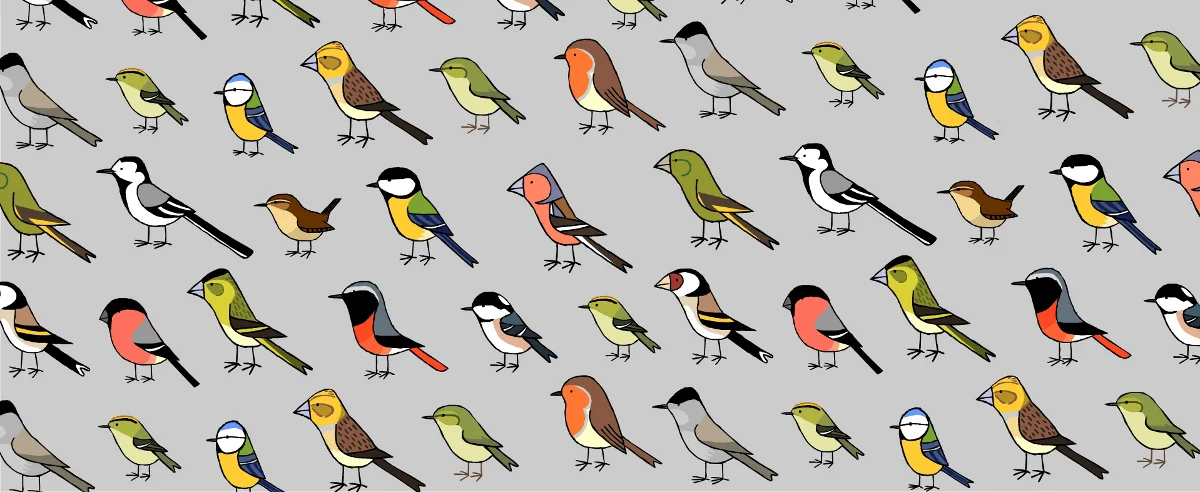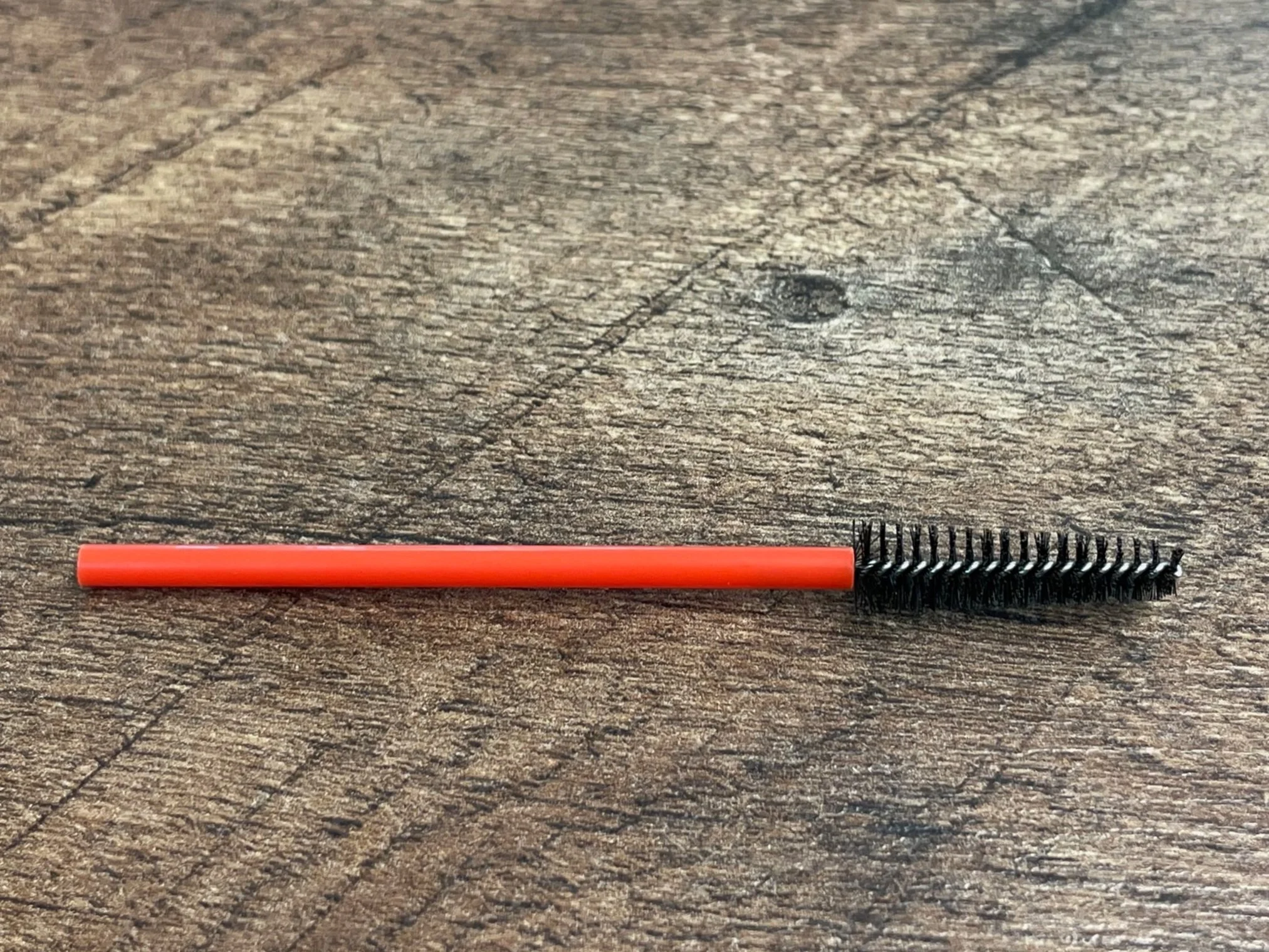What’s Going on with that Bird?
Have you recently seen a Cardinal that looks like it went to a barber shop and told the barber to “give me my money’s worth?” You’re not alone! Every year around this time, we begin to hear reports from customers and see examples on our feeders of bald Northern Cardinals, as well as Blue Jays. As odd as they look, we can assure you that this is normal. Typically, it is caused by molting (the process where birds lose and replace their feathers) although in certain cases it can be caused by feather mites. For most individuals, the feathers will grow back within a few weeks, well before the colder nights of late autumn arrive so there is no need for us to worry!
Strategies to Keep Your Seed Bug Free
It’s the time of the year when birdfeeder activity slows down noticeably after the torrid pace of spring and early summer. August thru October is typically when you will see the least amount of activity at your feeders. Why? Because the breeding season is over, and adult birds no longer have young to raise. Feeders are EXTREMELY important to birds while raising young. Rather than roaming great distances in search of food, taking them away from their nests, they make repeated trips to your feeders. With nesting responsibilities concluded they can now afford to broaden their search for more natural food sources, including seeds of plants and insects which of course are in vast supply.
We will often caution customers against buying large quantities of seed at this point in the season. Instead, they may want to reduce their purchase for now knowing that large quantities of seed may sit in a container for a few months which will likely result in a buggy experience. The bug I’m referring to is the Indian Meal Moth. This little brown moth, about ¼” in. in length, loves dry goods such as seeds, grains, crackers, flour, dry pet food, cereal, etc. Because the seed we sell is never treated with pesticides, it is inevitable a few Meal Moth eggs will find their way into a bag of seed. Given time in a warm, safe container, those eggs will hatch and become the next stage of their lifecycle, a larva. The larvae will then cocoon to later become the moth. Thus the cycle begins.
· Buy smaller quantities. During this time frame, when you do purchase a new bag of seed, make sure you use ALL the remaining seed in your container and give it a good rinse before adding the new bag of seed. You want to make sure there aren’t already the beginnings of insect activity.
· Another great option, and this is something we do here at the shop, is run the bag through the freezer overnight. The cold temperatures in the freezer are cold enough to kill eggs or larvae, thus preventing the issue before it can begin.
· Going back to our first point, we highly recommend not buying more seed than you will go through in a month. If you are able to go through the seed faster than that, that’s even better. Besides, it gives you a chance to come by the shop and see us more often!















